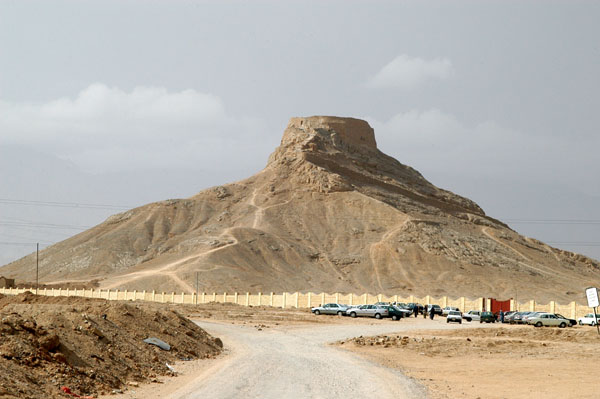
One of two Zoroastrian Towers of Silence near Yazd where the dead were laid out to be consumed by vultures |
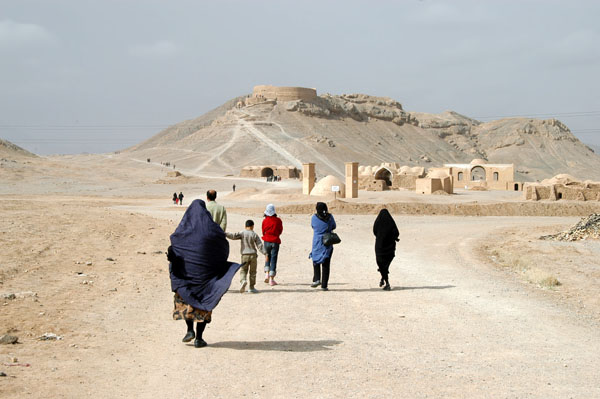
Iranian tourists headed for the Towers of Silence |

The taller of the two hills has the Tower of Silence for the Zoroastrian men |
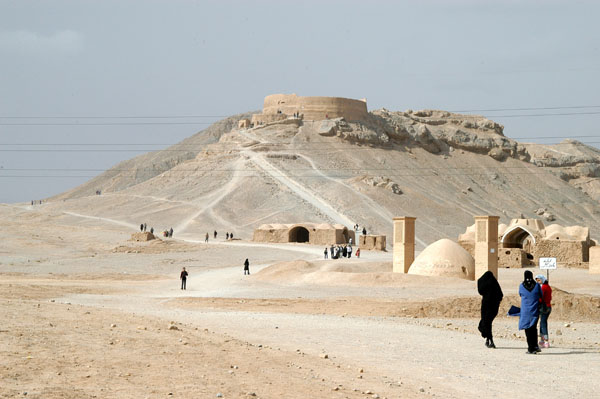
The lower hill has the Tower of Silence for the Zoroastrian women |

Ab Anbar near the Silent Towers, Yazd |
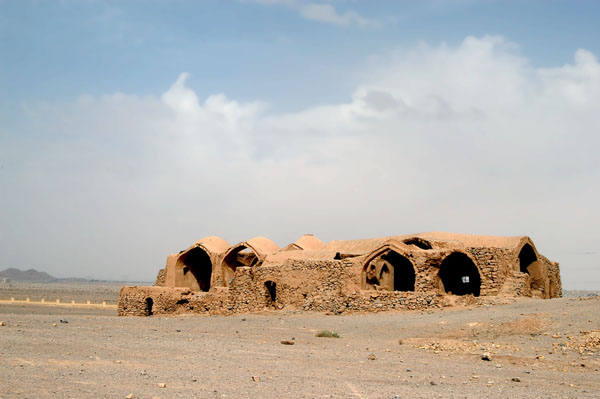
Ruins of early Zoroastrian buildings at the base of the Towers of Silence |
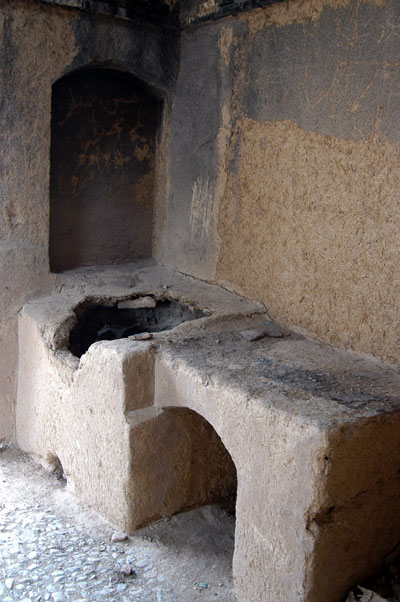
An old kitchen |
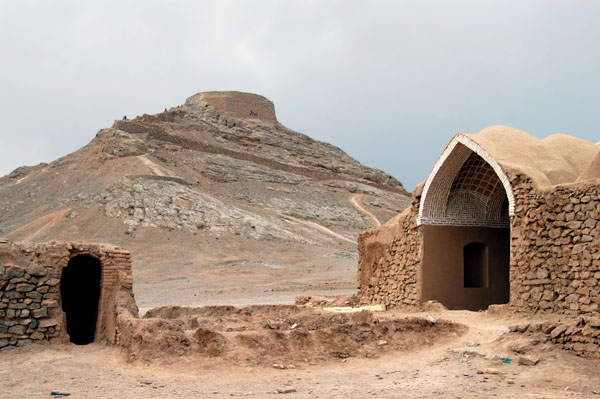
The Silent Tower looms above the ruins below |

Zoroastrian Tower of Silence (women) |
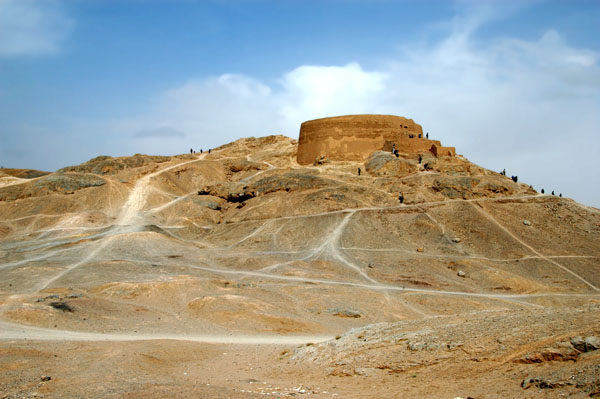
Zoroastrian Tower of Silence (women) |
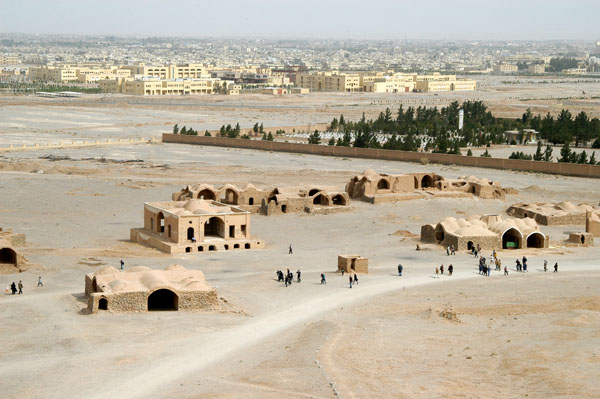
View from the taller of the Towers of Silence on the ruins below |

Old buildings for the Zoroastrian priests attending the Towers |
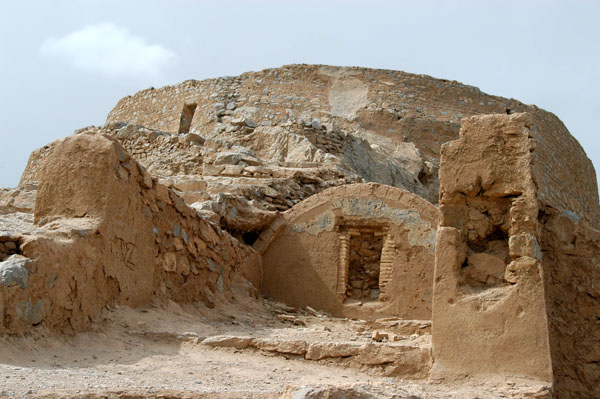
The taller of the Towers of Silence, out of use since the 1960s |
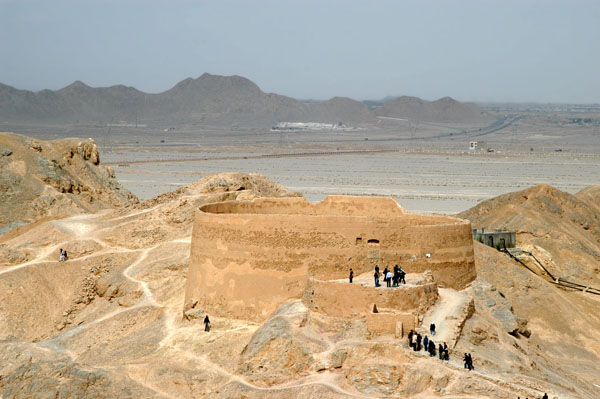
Looking across to the second of the Towers of Silence |
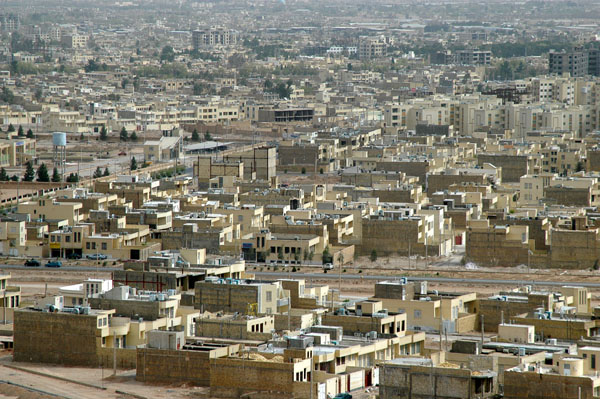
Yazd is encroaching of this formerly isolated place |

Looking across to the lower tower |
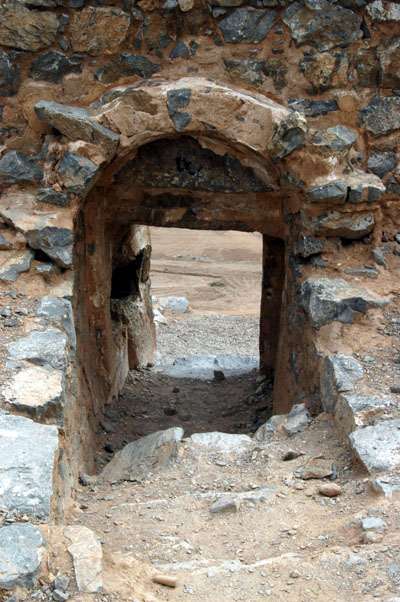
Entrance to the Silent Tower |

Crater in the center of the men's Tower of Silence |

Rugged mountain scenery behind the Silent Towers |

Rugged mountain scenery behind the Silent Towers |
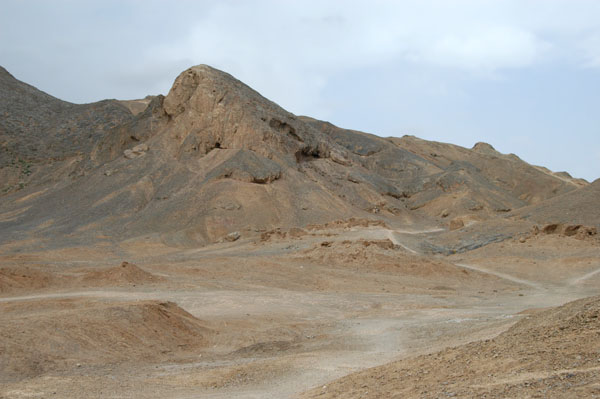
Rugged mountain scenery behind the Silent Towers |
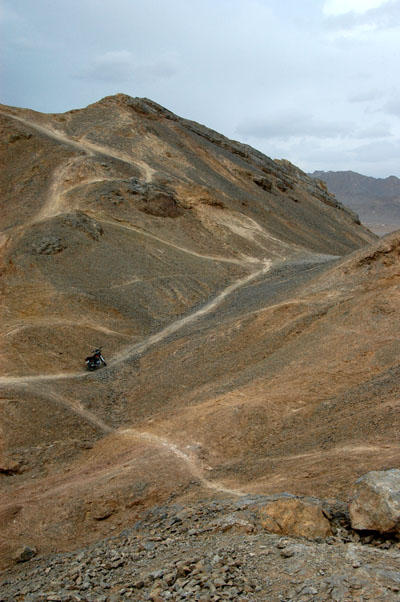
Paths lead from the towers to other nearby ruins |
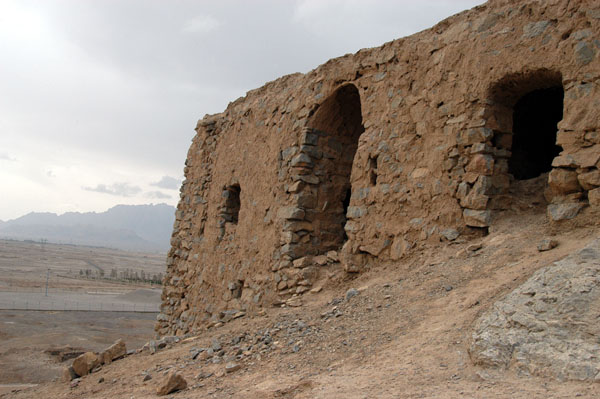
Other ruins behind the Towers of Silence |
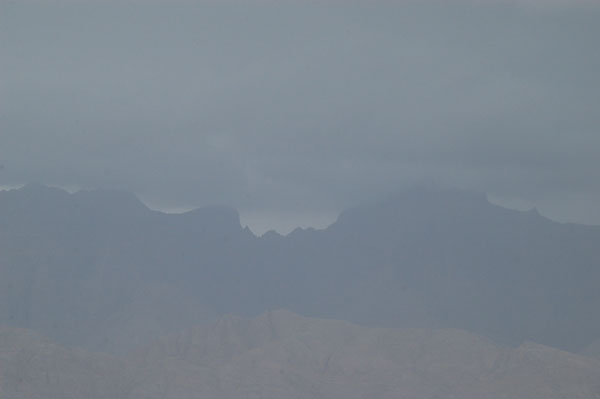
The mountains receiving a fresh dusting of snow at the end of March |
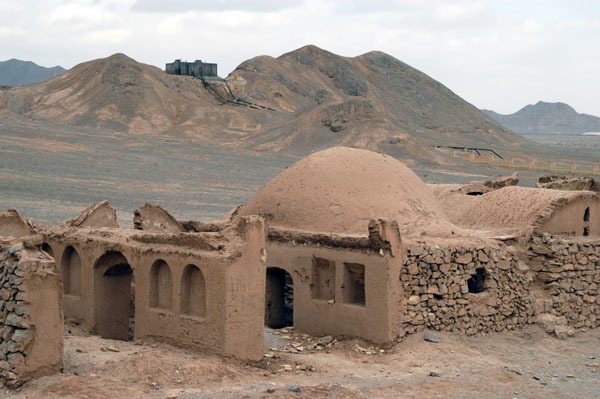
Zoroastrian ruins and a modern water pumping station |
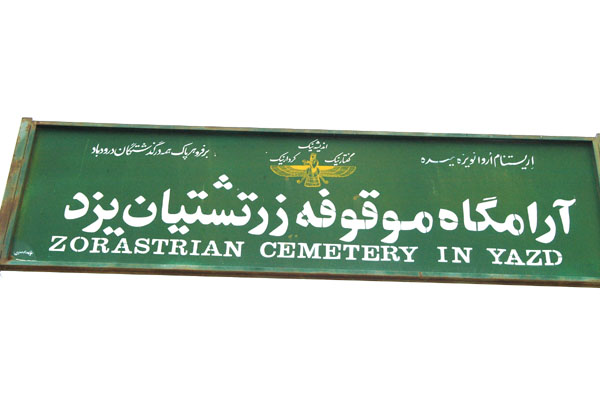
Since the 1960's, the Zoroastrians are now buried in a nearby cemetary |
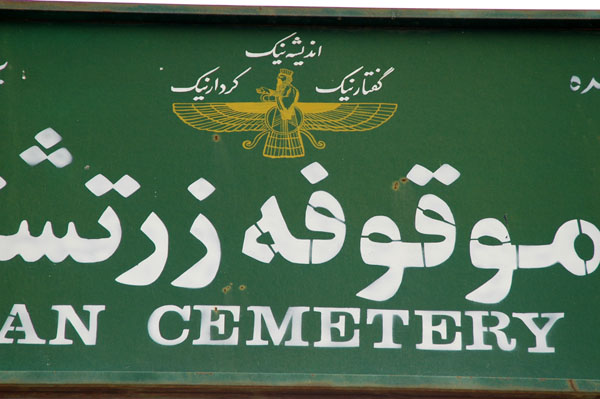
Zoroastrian Cemetary |
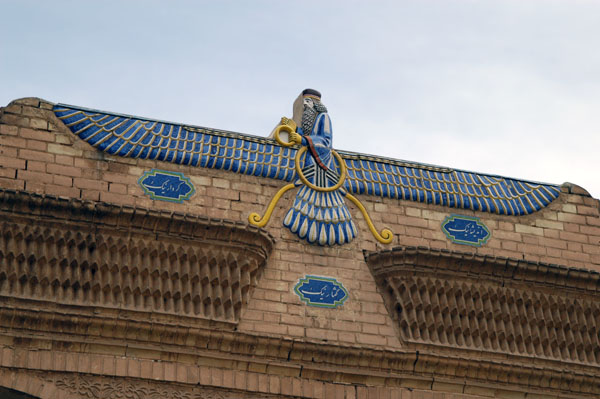
Atashkadah, Zoroastrian Fire Temple, built in 1934, Yazd |

The Prophet Zoroaster (Zarathushtra), an early monotheist from 1400-1000 BC |
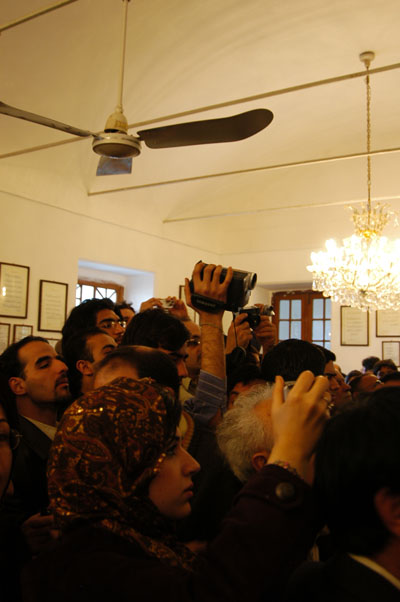
Normally, outside No Ruz, Iranian tourist sites are deserted |
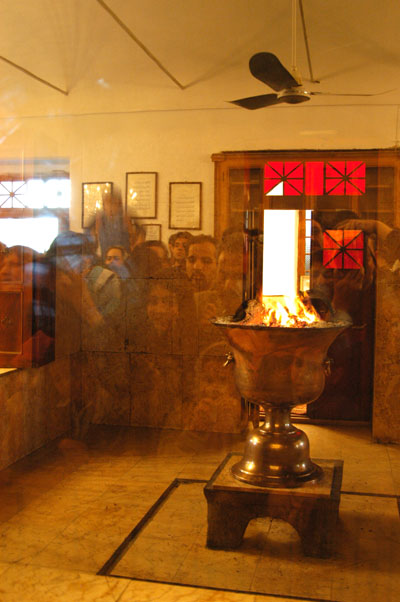
The sacred flame is said to have been buring since 470 AD, transferred from an earlier temple |
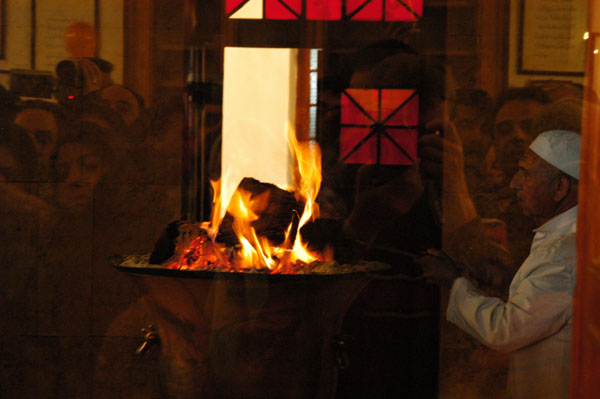
Zoroastrian priest stokeing the sacred flame |
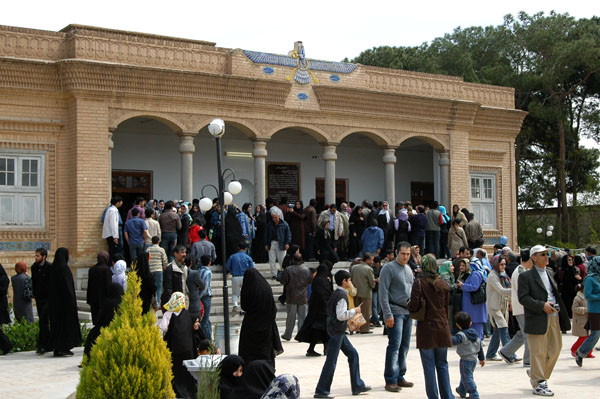
Iranian tourists visiting the Zoroastrian Fire Temple during No Ruz |

Iranian tourists visiting the Zoroastrian Fire Temple during No Ruz |
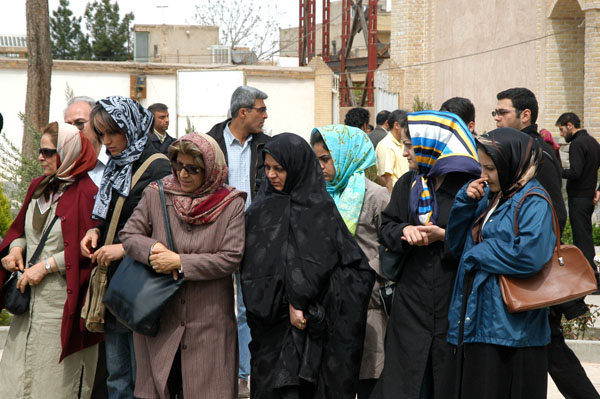
Iranian tourists visiting the Zoroastrian Fire Temple during No Ruz |











